If an expanse of bare wall is sucking the life out of your garden, colourful climbers are a godsend – and easier to train than a slug on a see-saw
Bare, boring walls, or a solitary brown shed, can bring your whole garden down – so why not transform them? Climbing plants can turn that unused corner into a breathtaking feature. Nothing says English cottage garden like a beautiful wisteria or climbing rose, framing windows and doorways and adding barrels of colour and character to your home.
And there are plenty of other great climbers to choose from that will match any taste and available space. You don’t need to limit your canvas either – climbers can lend a lift to a fence, pergola or archway too.
They won’t give instant cover – most take several years to become really established, though some types of ivy can be faster. So a climber won’t help if you need instant impact. You’ll also need to give some thought to which climber suits your spot. Some plants are vigorous and more suited to a large and open wall.
Being against a wall means they will get a very specific amount of light, so sun-loving and more tender plants will want a south or west-facing wall to absorb the sun’s heat in the day.
Jasmine or rose give great fragrance, while wisteria is a classic
Those walls also work well forwinter-flowering climbers to give them the most of the sun. For your chillier north and eastfacing aspects you’ll have to go for hardier, shade-tolerant plants. Remember rainfall can be limited by walls and eaves, so work out how much watering they may need.
Soil or pots under the eaves will be more prone to drying out – mulching with organic matter or topping with pebbles can help conserve moisture during the summer growing season. Finally, think about how much training and pruning the plant needs, and whether that matches the time and energy you have to offer it.
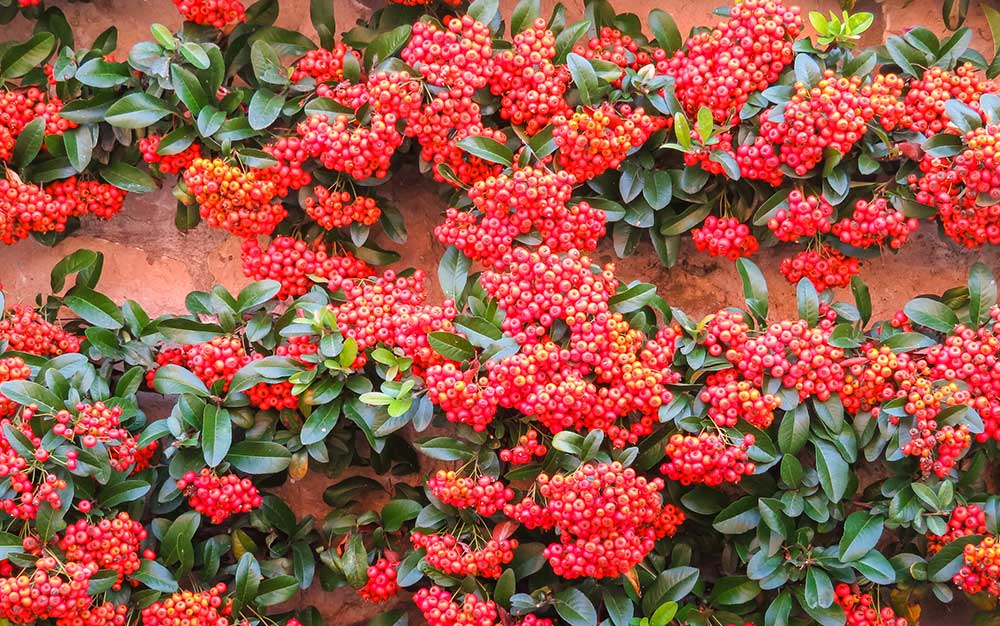
Climbers work in different ways. Some plants, such as ivys, will cling to surfaces naturally via aerial roots. For others, such as honeysuckle or clematis, you’ll need to provide a framework like a trellis.
Wall shrubs like the pyracantha don’t climb naturally, and must be trained, but will just lean against the wall once established. Planting in the soil is always better if you can. If it’s over a patio, remove a slab if you can and plant there.
Just be sure the soil next to the house isn’t full of builder’s rubble and dig in plenty of fresh compost. Many climbers are okay in a container, but don’t do well over long periods. They out-grow them and become difficult to water effectively. If this happens, the only option may be to break through or cut off the bottom of the pot and remove a paving slab underneath so the plants roots can grow down into the soil.
You want to plant 30-45cm away from the wall – this will help catch the rain, which can be blocked by the eaves of the house from reaching the roots, or by the plant’s own foliage
It also means the roots have a little more space to grow if they’re going in the ground. Before you start planting, remember to do any work needed on the wall or fence first. All climbers need at least a little initial training. Using crossed wires or a trellis, tie on the new shoots with soft garden twine.
If you’re planting a climber that will need a framework, be sure it is securely attached as the plant will become incredibly heavy as it grows.
Bear in mind that perennial climbing plants can get fairly large as they mature – often reaching up to two storeys in a decade – so are far better in the ground where possible. If you have a sunny wall to plant against, try Jasminum officinale, campsis, rose or wisteria. Jasmine and rose can be great for fragrance, while the campsis is easy because it requires no support – and the wisteria is just a British classic.
For spots that don’t get much sun, you could go with clematis, honeysuckle, ivy, hydrangea petiolaris, or pyracantha – also known as firethorn.
Tip
Wisteria can flower beyond spring into summer if they are on a south or south-west facing wall. They love to be in full sun.
Be aware, self-climbing plants like ivy and Virginia creeper will leave marks on the wall if you want to remove them.
Clematis requires very little pruning, the hydrangea and ivy need no support, honeysuckle is beautifully fragrant, and pyracantha is bold but stays small and manageable. Its spiky branches are also great to deter burglars when planted underneath windows or along streetfacing fences.
As ever, talk to staff at your local garden centre about what would suit your circumstances. You could even take a photo of the spot you want to cover – or a soil sample – to get it exactly right. Climbers take a little work to get established, but they give your garden another dimension and pay back dividends in style and character.
David Domoney is a Chartered Horticulturalist, Broadcaster, and Author. David has worked with a number of the UK’s leading garden retailers as a plant buyer and strategic consultant. With more than 30 years experience, in horticulture, David is as passionate about plants now as he was when he bought his first plant at a village fete.

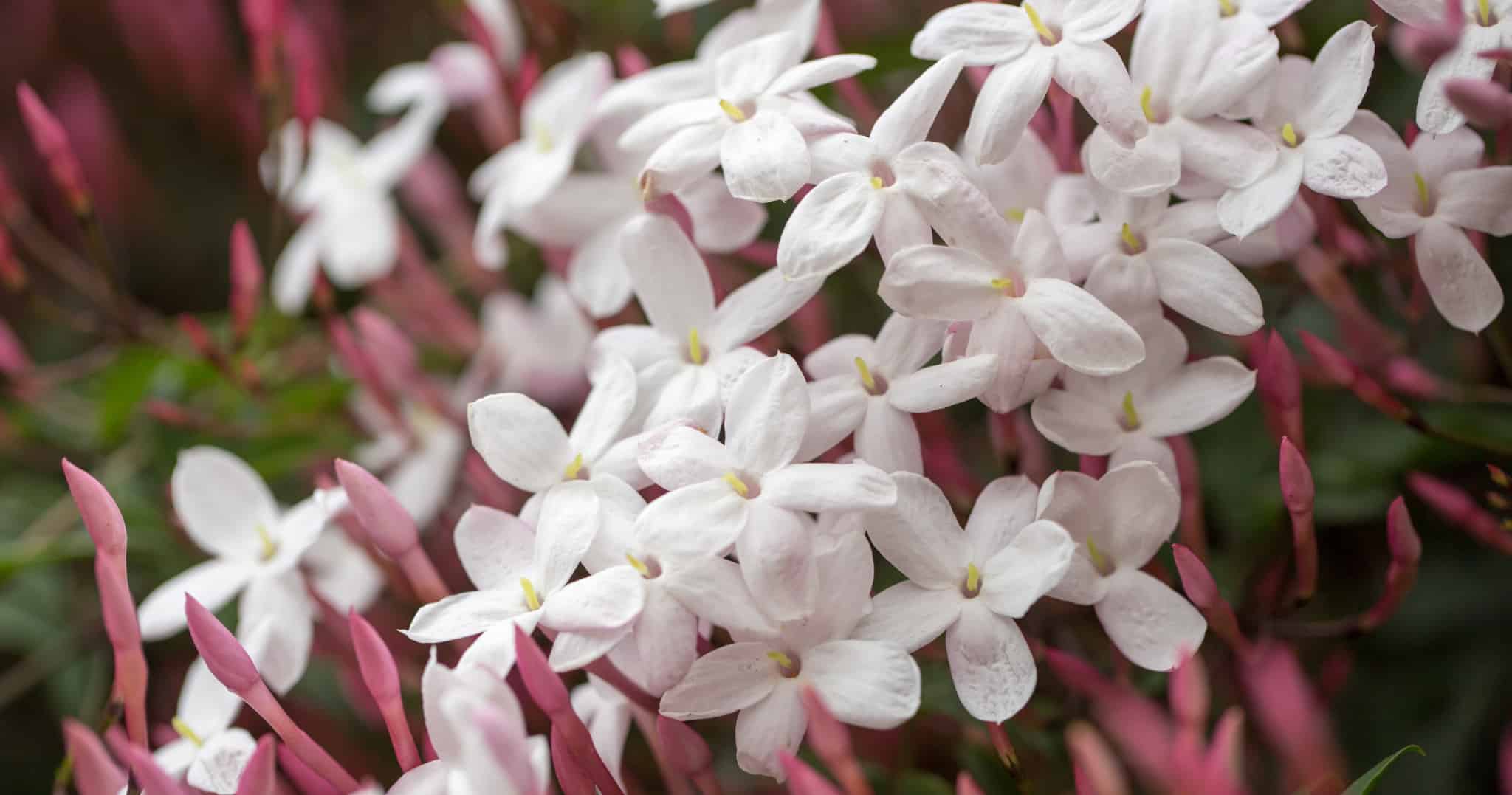
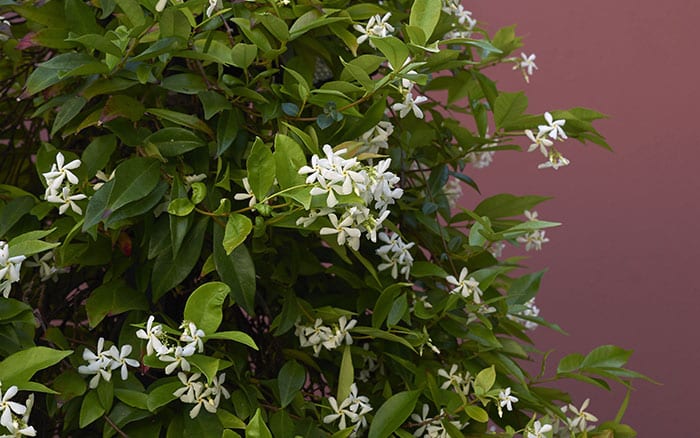
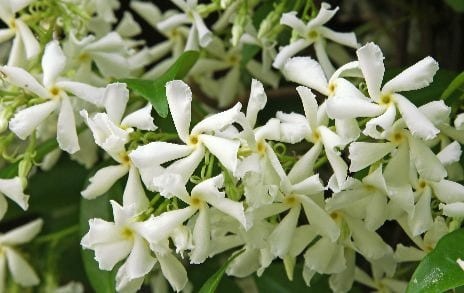
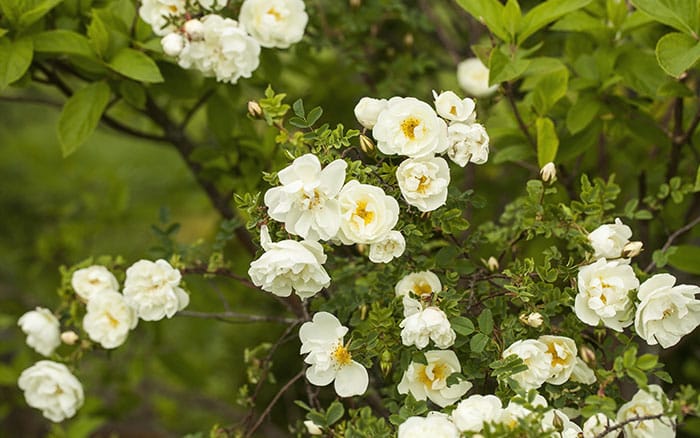
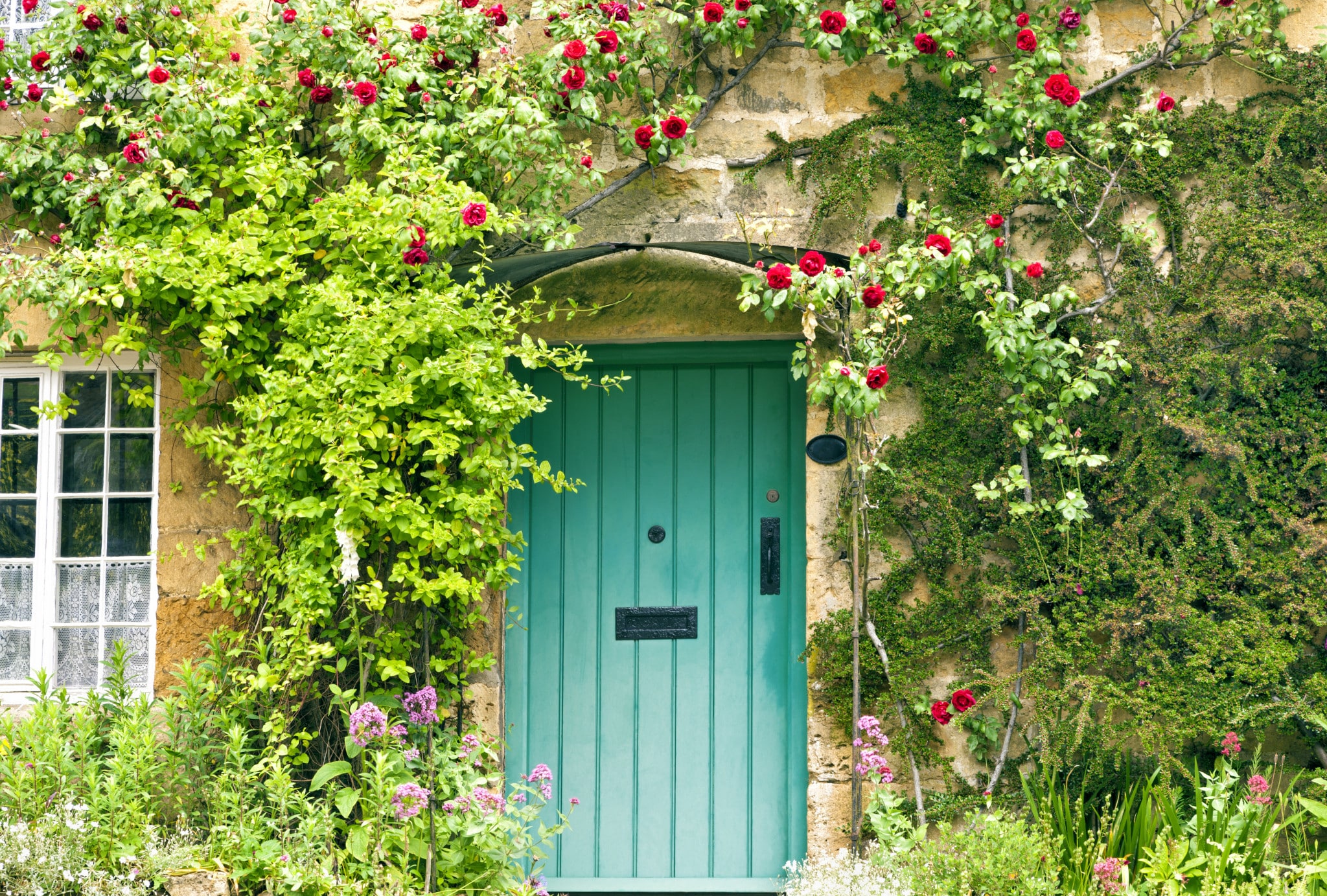
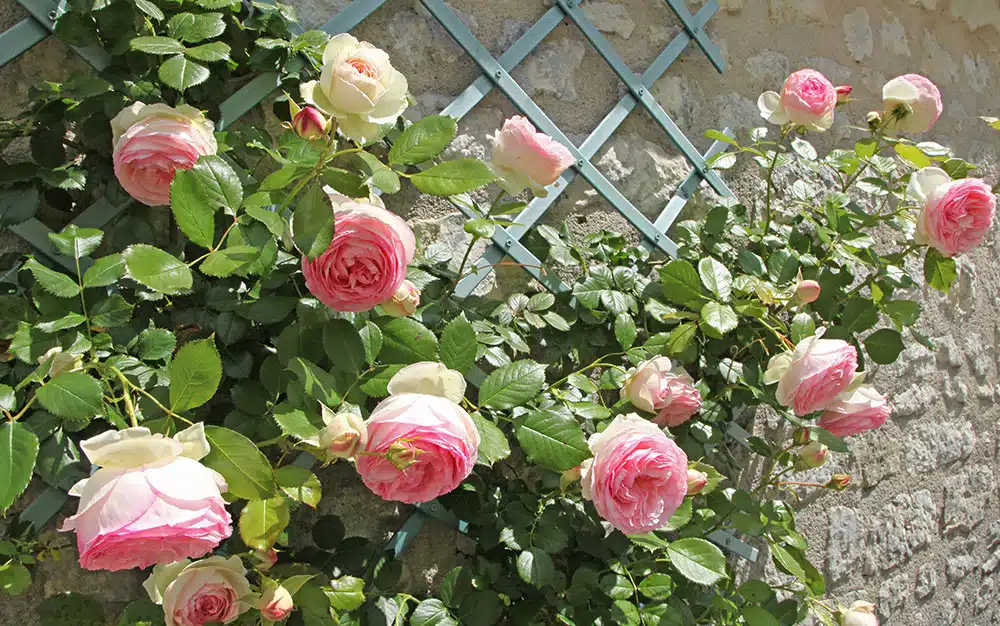
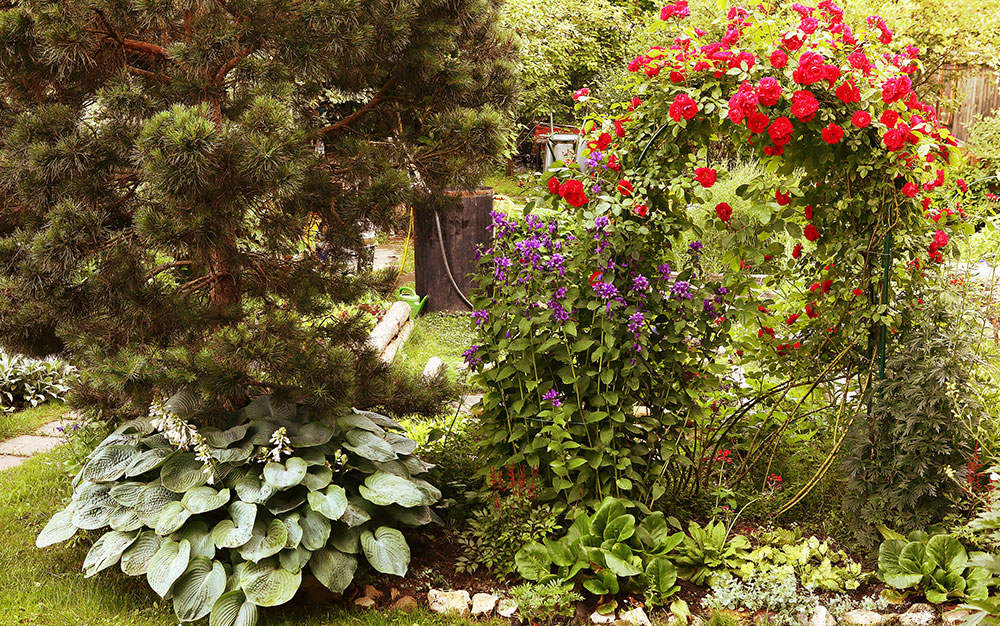


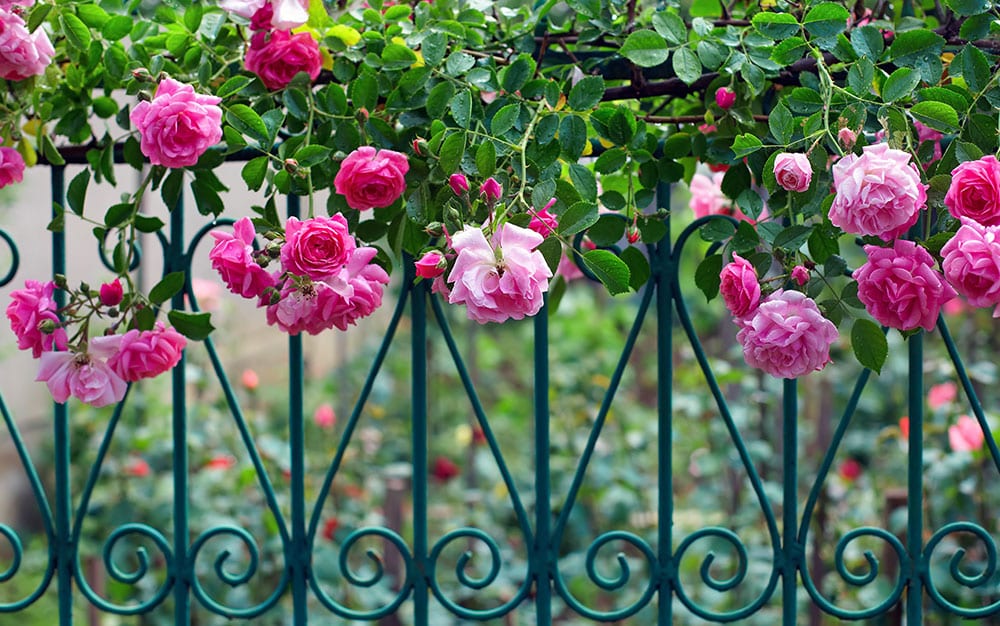
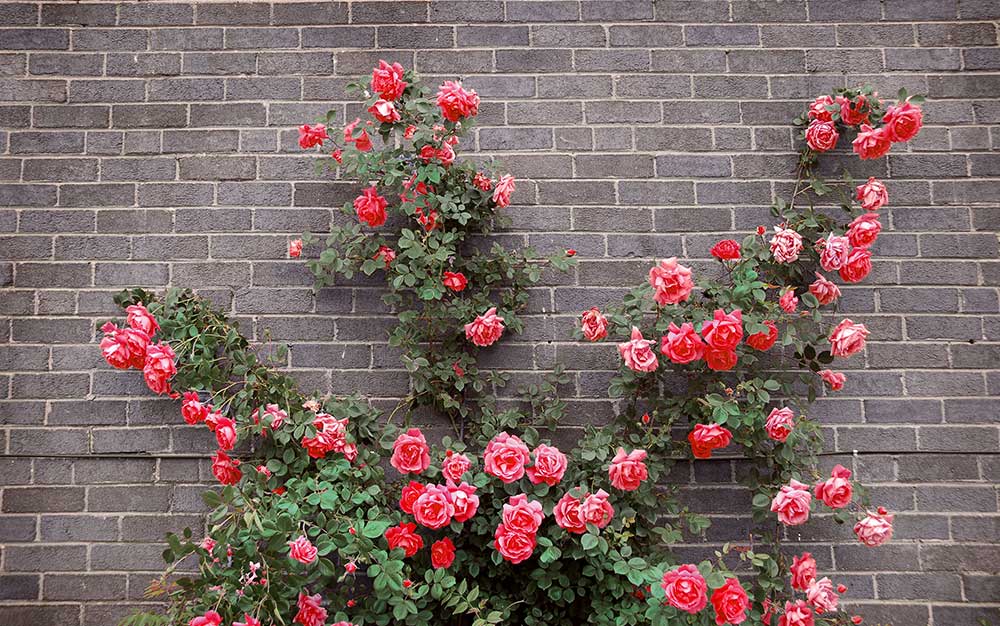
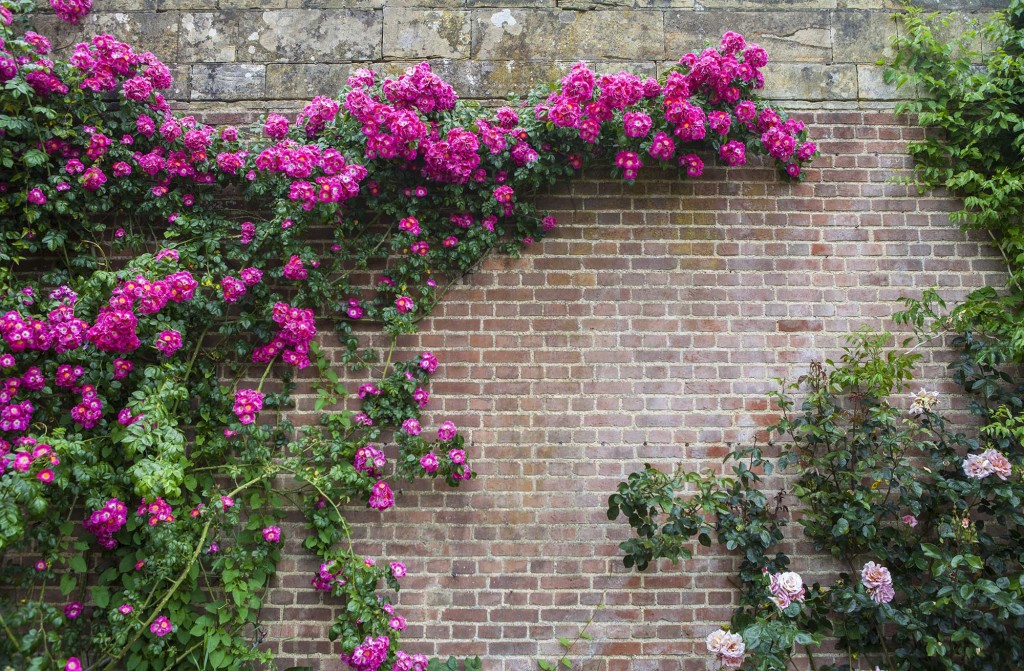


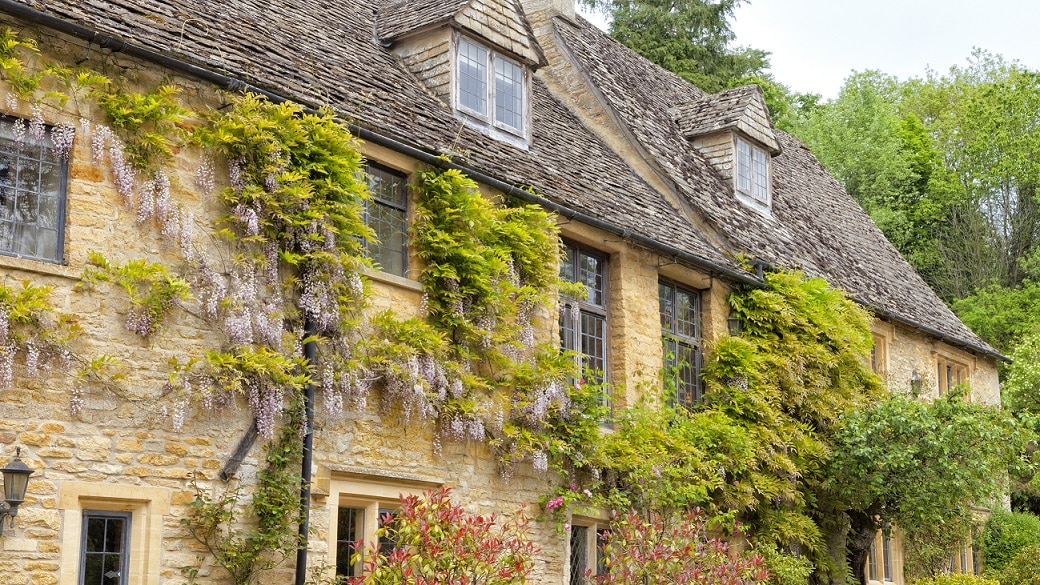
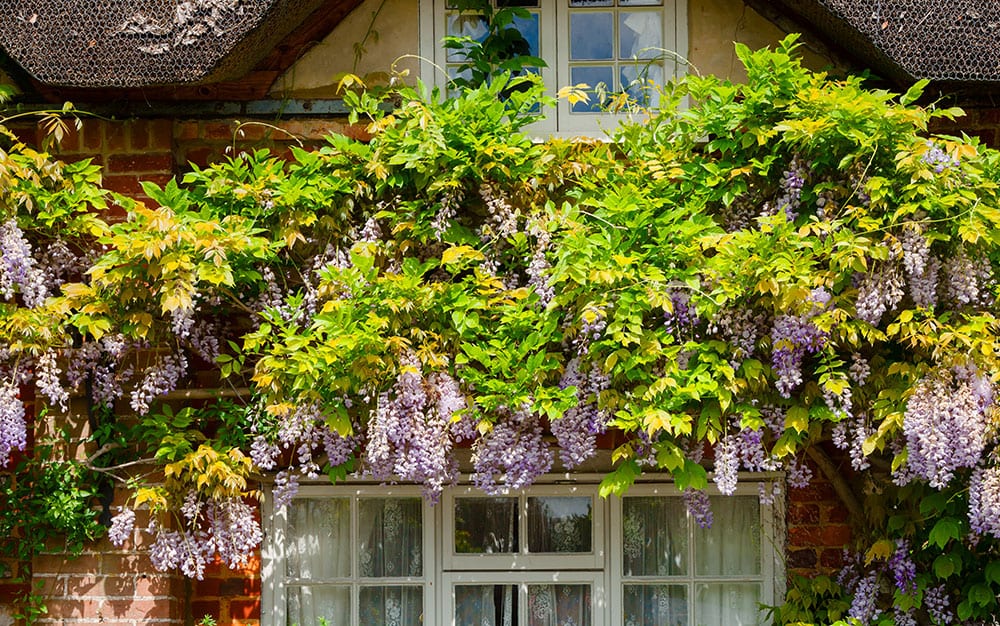
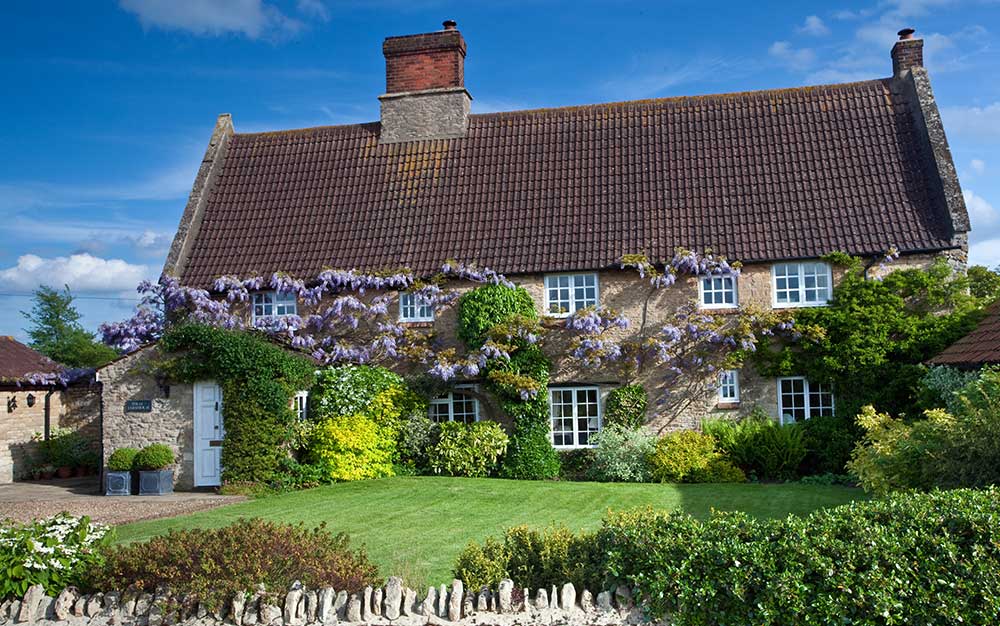
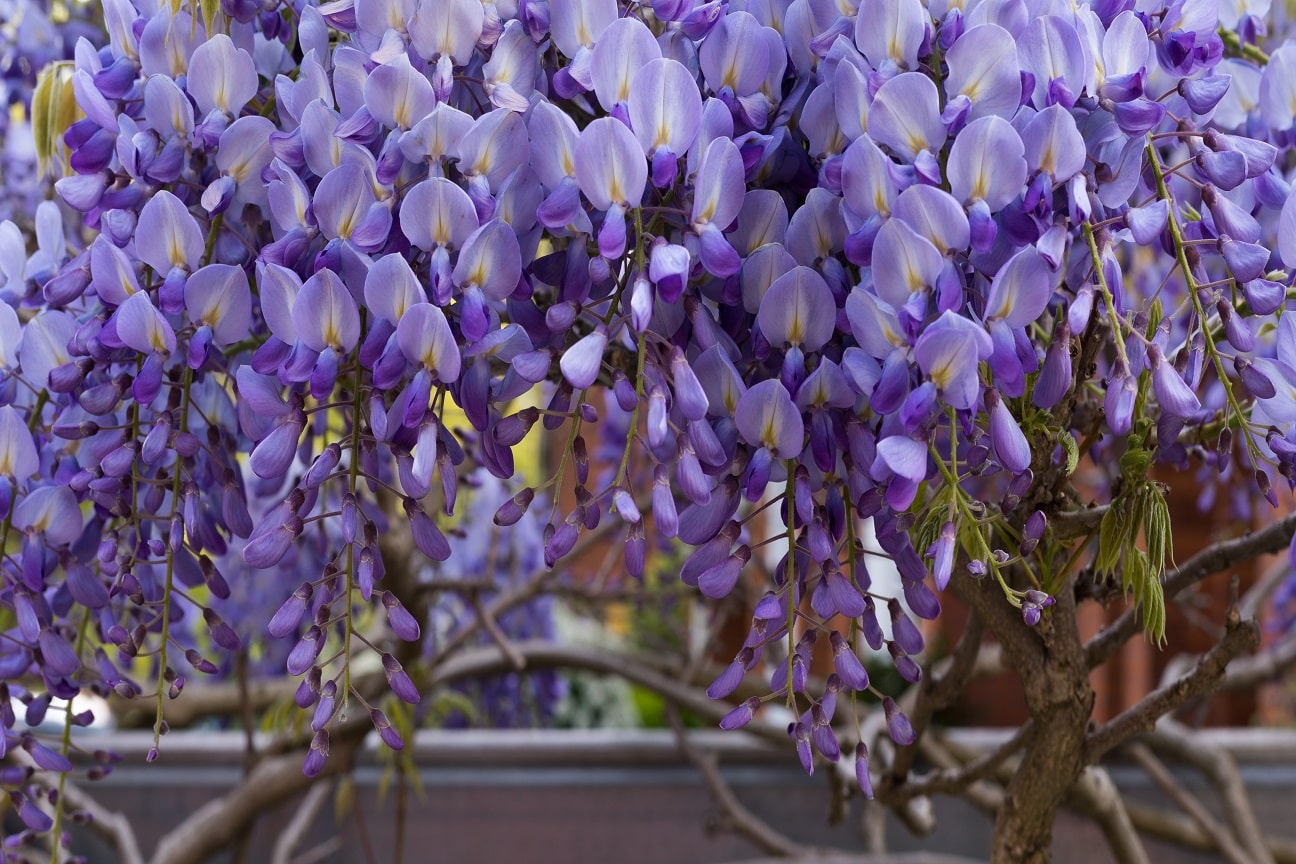
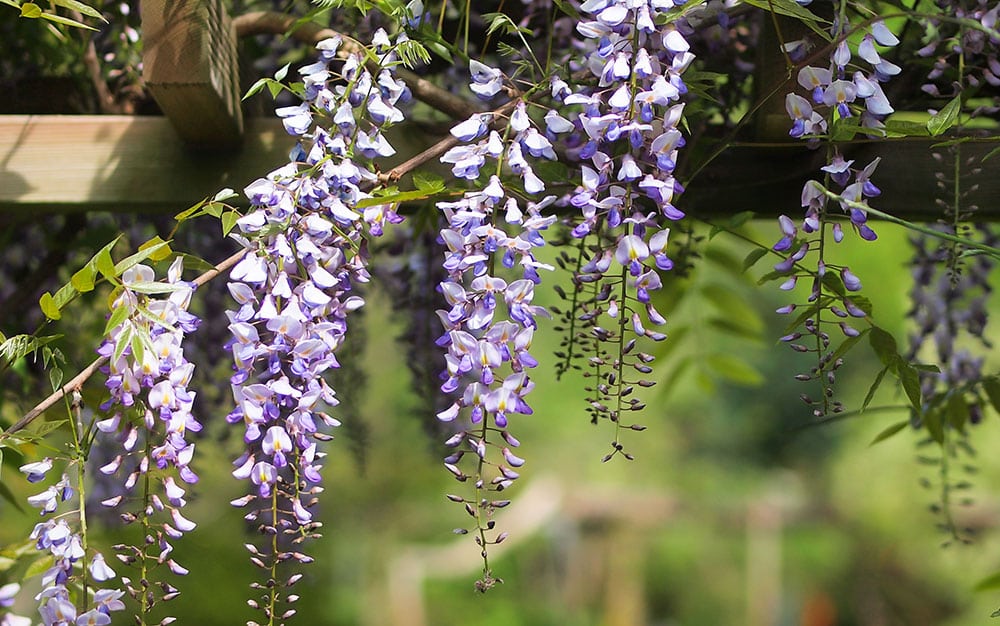
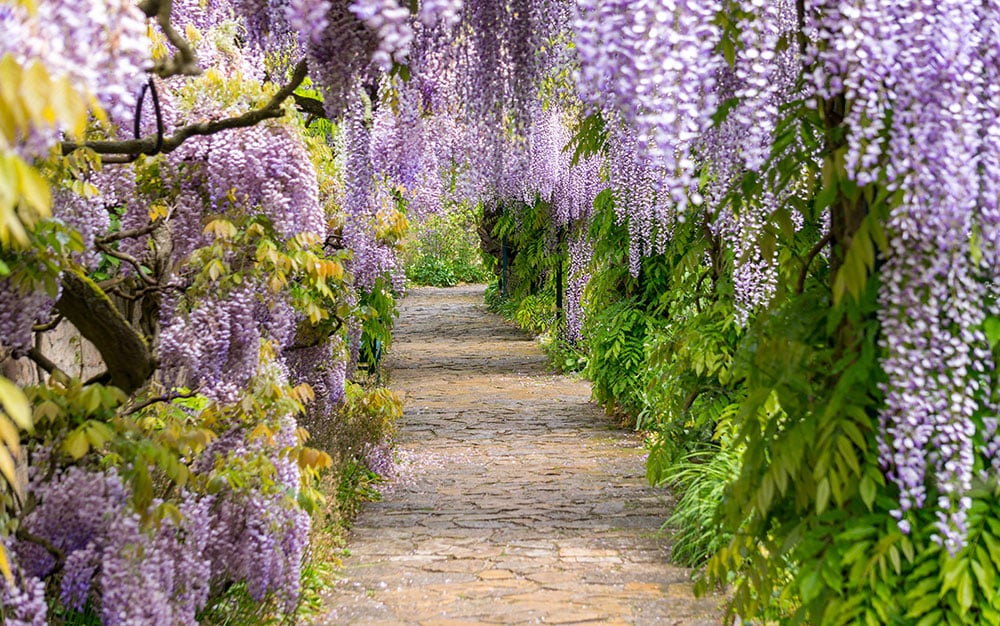

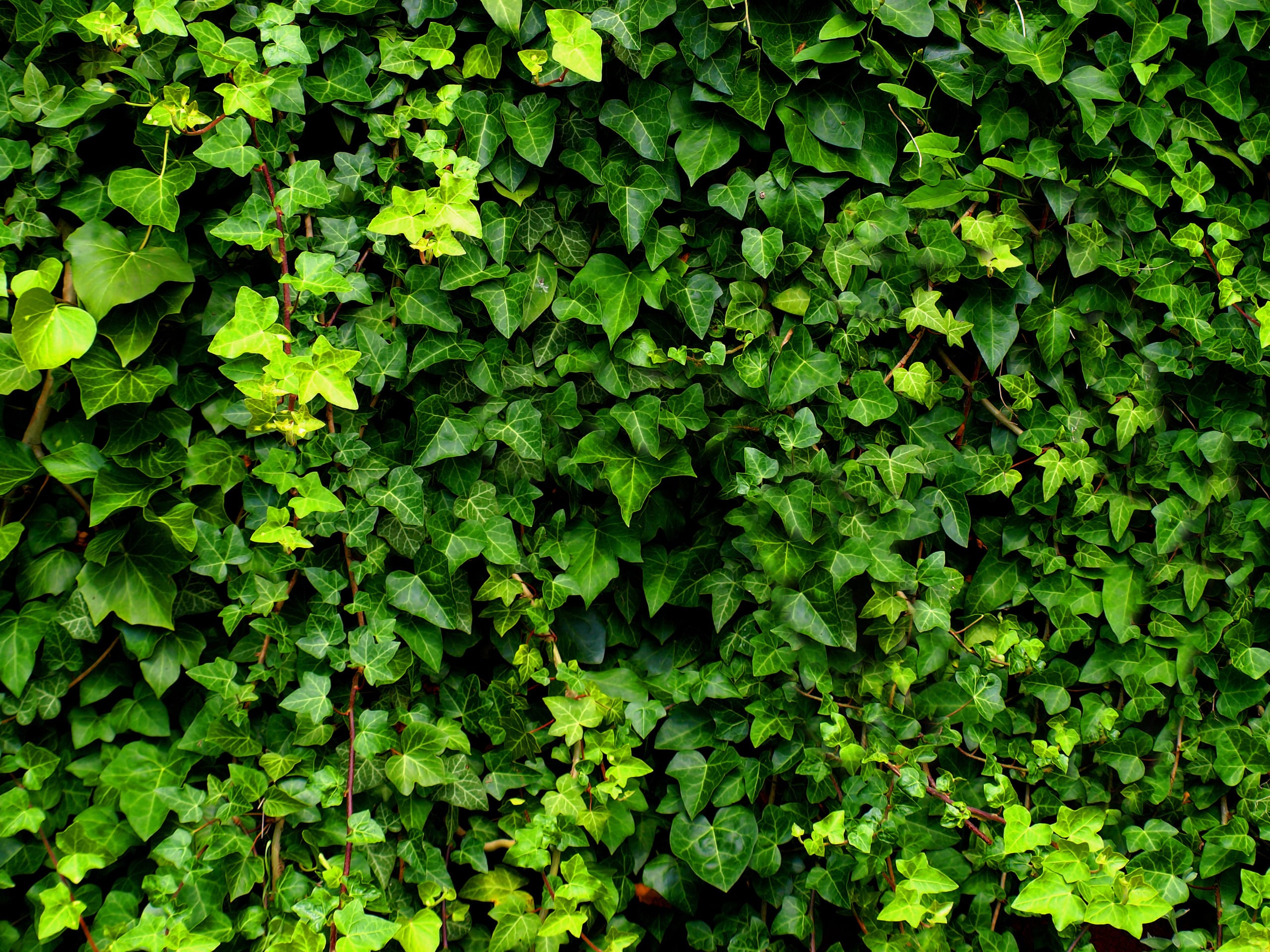
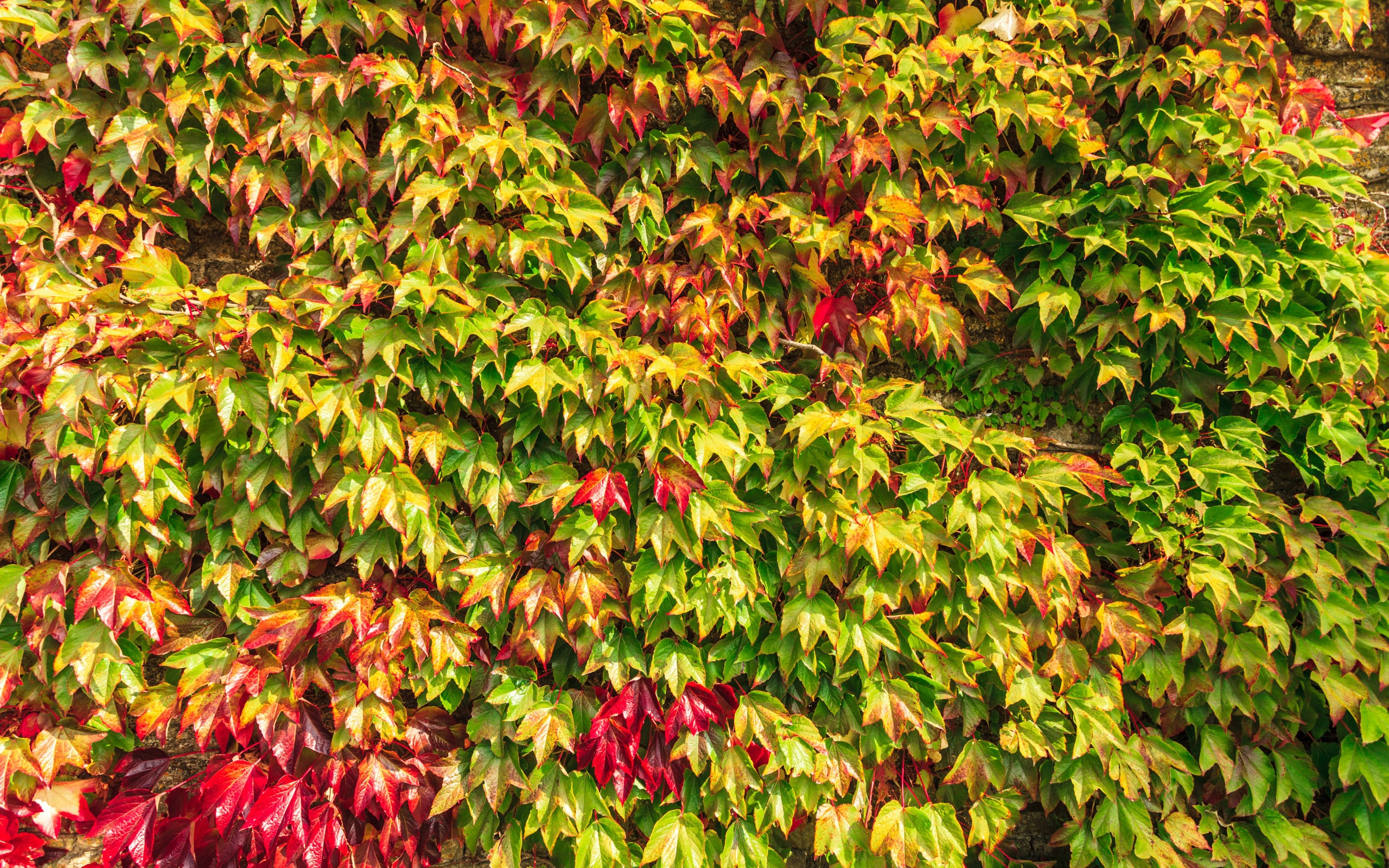
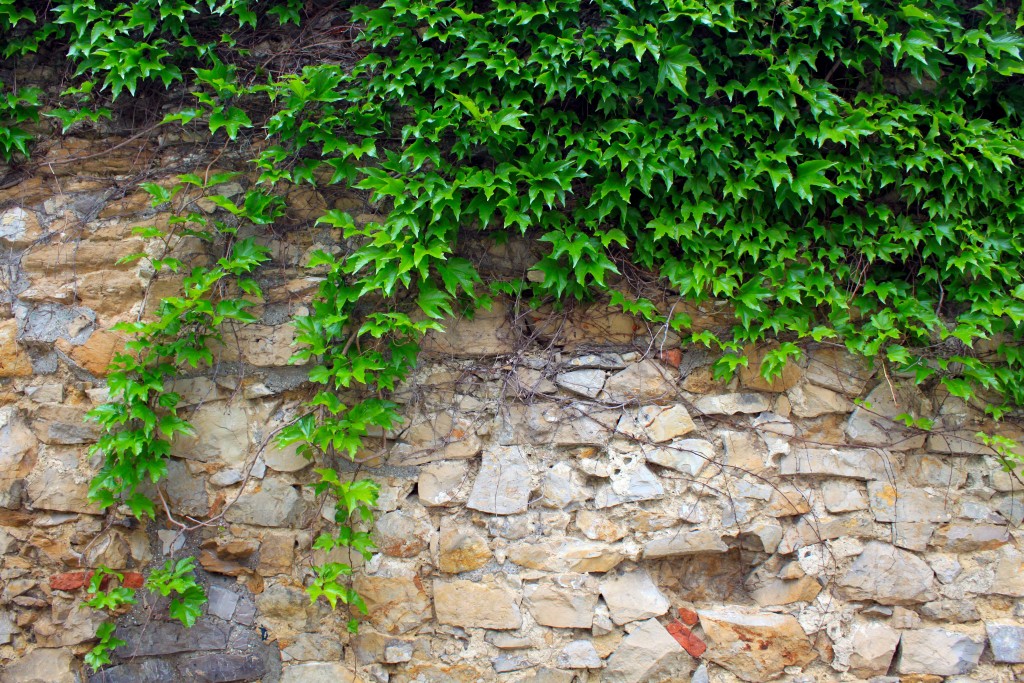
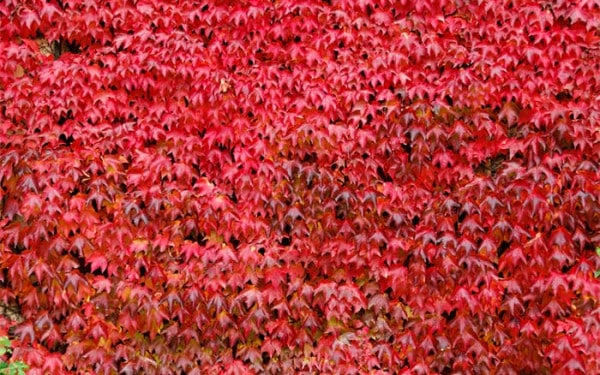

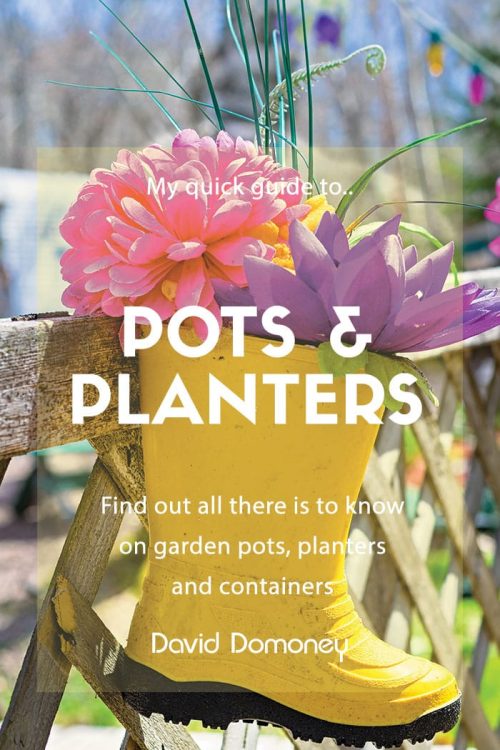




Leave A Comment